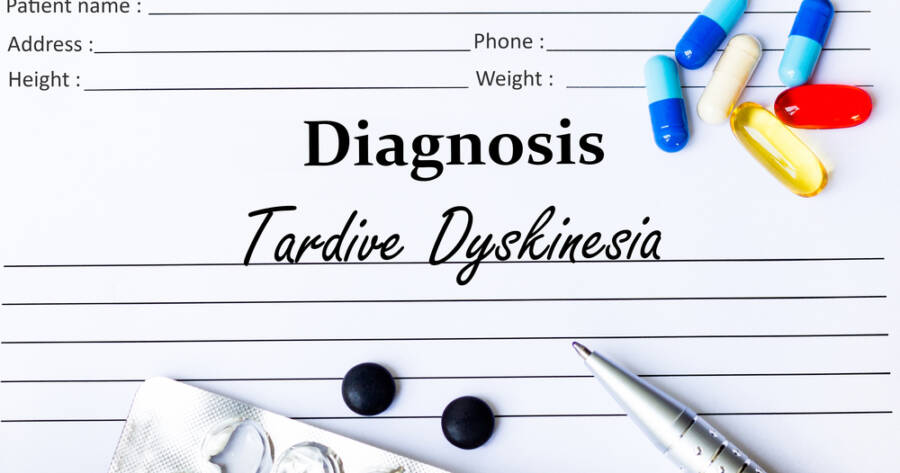Tardive dyskinesia (TD) is a movement disorder caused by long-term use of certain medications, mainly antipsychotic drugs. It leads to involuntary muscle movements, usually in the face, tongue, and limbs. These movements can be mild or severe and may affect daily life. Understanding the causes, symptoms, and available treatments can help those affected manage their condition. Early detection is important to prevent worsening symptoms and improve quality of life.
What Causes Tardive Dyskinesia?
TD most often develops as a side effect of medications that affect dopamine, a brain chemical that controls movement. The most common cause is long-term use of antipsychotic drugs, which are used to treat schizophrenia, bipolar disorder, and other mental health conditions.
First-generation antipsychotics, such as haloperidol and chlorpromazine, carry a higher risk. However, even newer antipsychotics, like risperidone and aripiprazole, can cause TD in some cases. Other drugs, including those for nausea or neurological conditions, may also contribute to its development.
Common Symptoms of Tardive Dyskinesia
TD symptoms often develop gradually and may not be noticeable at first. Over time, they become more pronounced and harder to control.
The most common symptoms include repetitive facial movements, such as lip smacking, tongue thrusting, or rapid blinking. Some people experience jerking or twitching in their arms and legs. In more severe cases, the movements can affect posture, balance, or even breathing. Unlike other movement disorders, TD symptoms often continue even after stopping the medication that caused them.
How Tardive Dyskinesia Is Diagnosed
Doctors diagnose TD by reviewing a patient’s medical history and observing their symptoms. There is no single test for TD, so healthcare providers rely on physical exams and symptom tracking.
They may use standardized tools, like the Abnormal Involuntary Movement Scale (AIMS), to assess the severity of the condition. Since TD symptoms can resemble other movement disorders, doctors may rule out other possible causes before confirming the diagnosis.
Available Treatments for Tardive Dyskinesia
While there is no cure for TD, several treatment options can help manage symptoms and improve daily function. In some cases, adjusting or stopping the medication that caused TD can reduce symptoms. However, this must be done under a doctor’s supervision to avoid worsening the original condition being treated.
There are also FDA-approved medications, such as valbenazine and deutetrabenazine, that help regulate dopamine levels and reduce involuntary movements. Physical therapy, relaxation techniques, and lifestyle changes may also help individuals cope with TD symptoms.
Living with Tardive Dyskinesia
People with TD can take steps to manage their symptoms and maintain their quality of life. Regular check-ups with a healthcare provider are important to monitor symptoms and adjust treatment if needed.
Some individuals find that reducing stress helps lessen their movements. Practicing mindfulness, engaging in gentle exercise, and maintaining a balanced diet may also provide benefits. Support groups and counseling can help individuals cope with the emotional challenges of living with a movement disorder.
Learn More Today
Early detection and proper management of tardive dyskinesia can make a big difference in a person’s daily life.
If you or a loved one experiences unusual movements after taking antipsychotic medication, seek medical advice. Understanding the condition and working closely with healthcare providers can help control symptoms and improve overall well-being.

